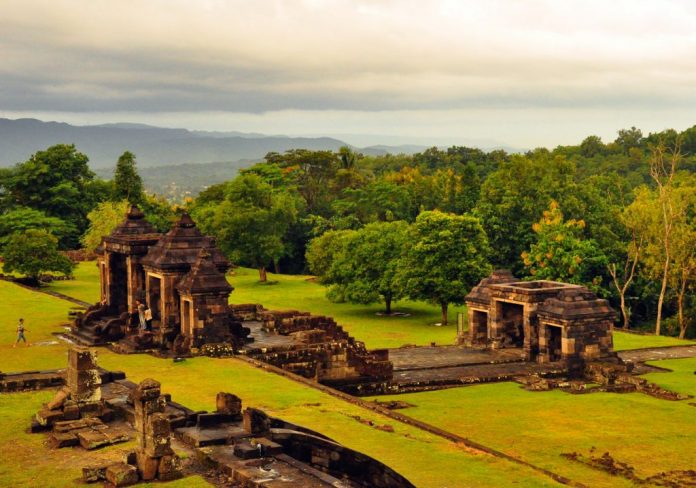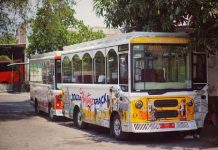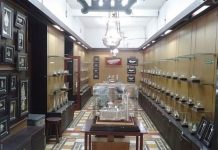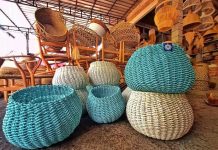Ratu Boko temple is located in Bokoharjo village, Sleman Regency. The site covers 16 hectares in two hamlets which are Dawung and Sambirejo. The location is approximately 17 kilometers from the east of Yogyakarta city. To get to the Ratu Boko Temple, you can start from Jogja-solo street until you find the T-junction of Prambanan, and then you can turn right for about 3 km. If you take public transportation, take the bus (trans Jogja) number 1A or 1B, get off at the Prambanan bus station. You only need to pay Rp 3,000/each person. From the bus station, you can continue to go to Ratu Boko Temple by motorcycle with driver.
Ratu Boko Temple is more like a palace than a temple. This temple not only used as a place of worship but also a stronghold. Ratu Boko Temple located in 196 meters above sea level. The area of the palace is about 250,000 m2 divided into four parts. There are center, west, southeast, and east parts. The center part consists of the main gateway, square, Combustion Temple, pond, square terrace, and Paseban (assembly hall). Meanwhile, in the southeast part includes hall, platform, three temples, pond, and a complex for princes. The caves, Buddha stupa and a pond area are in the east part. While in the west part consists of hills only. Ratu Boko temple founded in the Rakai Panangkaran era. It was proven by the existence of Kalasan Inscription (Prasasti Kalasan) in 779 AD, Mantyasih Inscription (Prasasti Mantyasih) in 907 AD, and Wanua Middle III Inscription (Prasasti Wanua Tengah III) in 908 AD. Rakai Panangkaran is a Buddhist. However, in Ratu Boko temple we can see the elements of Hinduism that worship of Siwa. Based on the expert, it proves that there is a religious tolerance at that time.
History Of Ratu Boko Temple
Ratu Boko Temple used as a stronghold for Rakai Kayuwangi from the attack of Rakai Walaing Puhuyaboni. As a result of the Battle, several parts of Ratu Boko temple were damaged. The restoration of Ratu Boko began after the Dutch colonialism in 1938 and then continued by the government since 1952.

In addition to sight-seeing historic temple complex area. As a heritage building, this ancient temple also provides beautiful scenery especially in the sunset time. In Plaza Andrawina, when we face at north direction, we can see the city of Yogyakarta and Prambanan temple view with Mount Merapi as the background on the north side. At dusk, the shade around the temple will be more beautiful with orange tusk of sunset. Meanwhile, there is the well namely Amerta Mantana (means holy water given a mantra) in the northeast side of Combustion Temple. The water from this well still used until now by local people. They said that the water can bring luck to us who benefit it. In another side, The Hindus use it for Tawur Agung ceremony a day before Nyepi. The use of water in ceremonies is believed to serve its purpose. This water used intended for purify the soul and returning the earth and its contents to its initial harmony.
Besides, it’s to be used as a place to see panoramas, Plaza Andrawina also used as restaurant and meeting room that can accommodate about 500 people. The administrator provides also the campsite and tracking, archaeological education packages, and tour guides. This location also used for taking pre-wedding photos and shoot for advertisement purpose.




